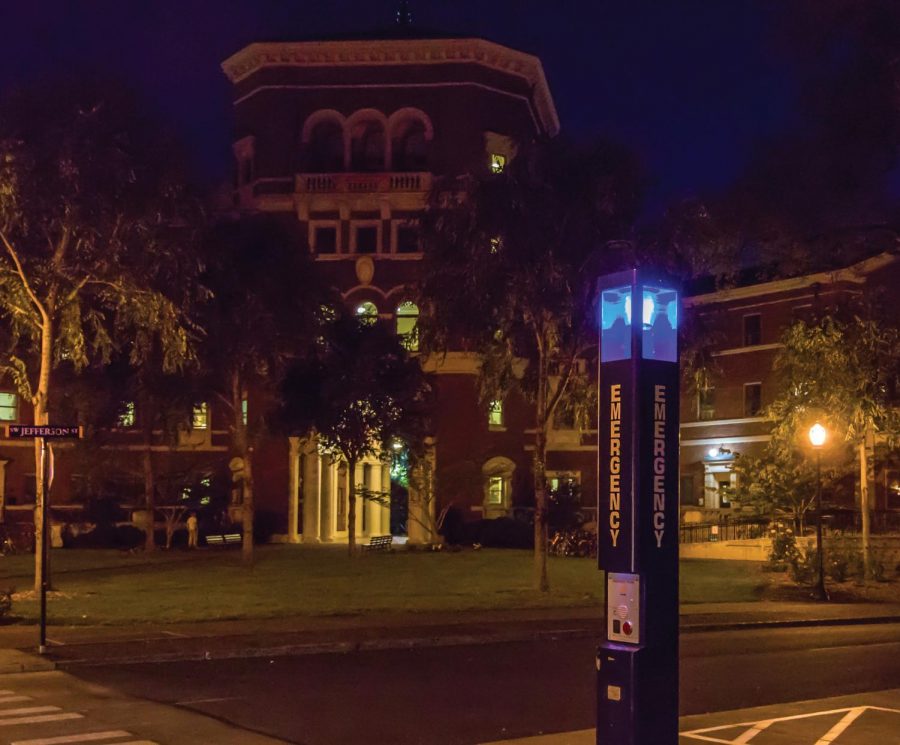Emergency blue lights provide nighttime safety
May 21, 2018
OSU Corvallis campus ranked safest college campus in country.
Universities and colleges have been installing blue light systems throughout campuses for a number of years. These emergency lights allow students, faculty and members of the public to have a convenient and clearly visible way to get in contact with emergency services if a threat is present.
According to Suzy Tannenbaum, chief of Public Safety, the emergency blue lights system is one aspect of the overall detailed and expanding efforts to provide for public safety at OSU.
“Many blue light campus systems were installed well before mobile phones and personal communication devices were available for students, employees and the public to carry on their person,” Tannenbaum said.
Steve Clark, vice president for university relations and marketing said that the color blue is used because of the visibility of the colored light from any distance and it’s coordination with law enforcement and emergency services. When a button is pressed on a blue emergency light, the Department of Public Safety dispatch center is called. If the call is deemed an emergency then an officer is dispatched to the location of the light.
Currently, 21 blue emergency lights are located throughout campus. Fifteen of these lights are in directly-lit paths, while six are on the outer edges of campus where lighting is sparse. In theory, when standing at a blue light, individuals should be able to see the next blue light.
Carol Saleta, a senior studying human development and family science, said the emergency blue lights system is beneficial, but the university needs provide more information and awareness regarding their uses.
“‘How to use them appropriately?’ ‘How long do I have to wait if I am truly in an emergency for help to come?’ ‘Can I leave that specific spot?’ Are some of the questions that come to me when I think about these blue lights around campus,” Saleta said.
These lights are to be used if imminent danger is present, currently happening or being witnessed. When the button is pushed, officers from the Department of Public Safety, as well as Oregon State Police, are notified of the exact location, said former Director of the Department of Public Safety, Jack Rogers. After pushing the button, an individual will immediately be put in contact with a dispatcher and can be heard through the speaker in the blue light system.
Former Campus Public Safety officer Michael Mitchell said if it is safe to stay in the location to should do so. If it is not possible to stay in that location and are in danger, run and find another light and push the button again. If an individual is able to communicate to the dispatcher at any blue light what is going on, it is encouraged to do so, otherwise, silence will be treated like an emergency. Mitchell advises individuals, if they are running, to push blue light buttons as they pass, as Public Safety can track the path of the runner.
“Just say something, because as soon as you hit (the button) we treat it as an emergency and if we don’t get a response, we’re all coming,” Mitchell said.
OSU continuously is reviewing and updating safety procedures and systems, Clark said. One example is the expansion of the number and locations of the emergency blue lights.
“About five years ago, we were approached by students who asked for more blue lights to be installed within the west side of campus, west of 30th Avenue,” Clark said. “We reviewed their request, and responded that yes we would.”
The distance between each light is determined by how far they are from one another, as well as its accessibility to pedestrians, Clark said. It is important that an individual is able to see the location of the blue lights or see the direction they must go to get to them.
“The presence, immediacy and location of blue lights throughout campus are not only a public safety system, but evidence that the OSU community believes safety is a priority for this university,” Clark said.
Amy Vo, a senior studying business information systems, said that the lights are beneficial.
“When it is late at night, you are able to clearly see these emergency blue lights and they make you feel safer while walking home,” Vo said.
While many people attending and working at OSU carry their own cell phones for emergencies, the presence of the blue lights throughout campus are an option for any situation where the Department of Public Safety or police are needed, said Tannenbaum.
Safety around schools is an ongoing topic in recent times, especially due to the occurrences of sexual assaults, school shootings and other safety-concerning incidents, Saleta said.
“I think that we are getting by just saying that, ‘We have it all handled,’ when in reality, I do not think this is the case,” Saleta said. “I think we have to become more aware of the concept and teach students what the steps are when it comes to an emergency—any emergency.”
Clark said OSU’s campus was ranked as the number one safest campus in the nation, according to a study released by yourlocalsecurity.com. Kylie McQuarrie, author of “Your Guide to the Nation’s 25 Safest Universities,” uses The Campus Safety and Security and FBI Uniform Crime Report to rate college campuses for safety. McQuarrie also looks at factors such as campus size, type of campus, location and types of crimes.
“I want all of our students and faculty, staff and visitors to know that Oregon State Corvallis campus is a very safe campus,” Clark said. “But we do not take safety for granted. As the world changes, we will always make safety our number one priority.”







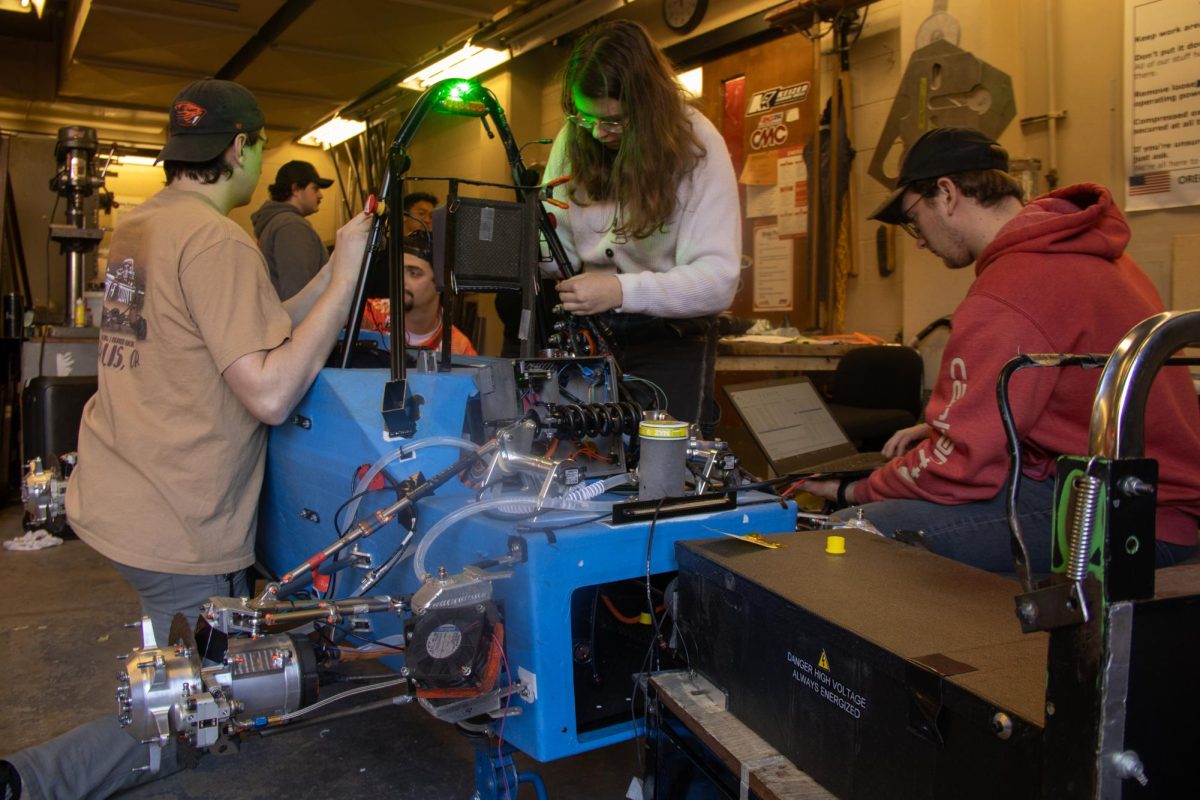

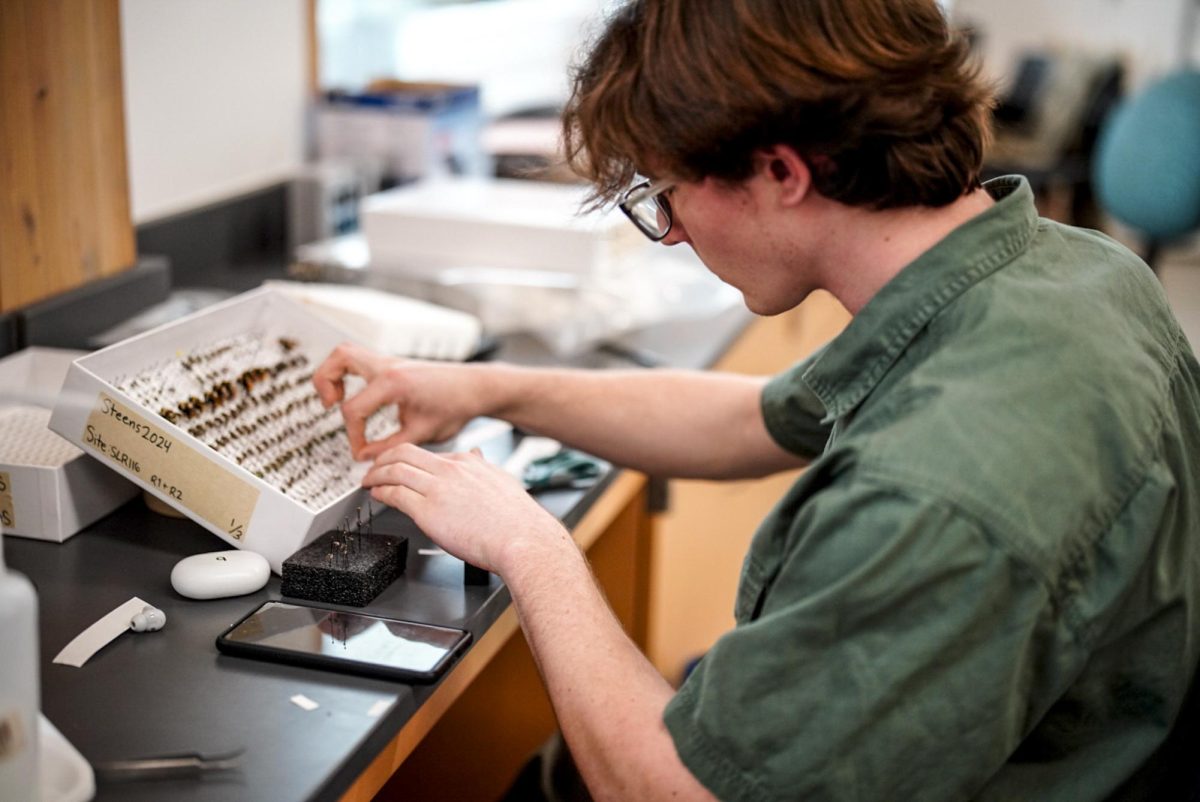
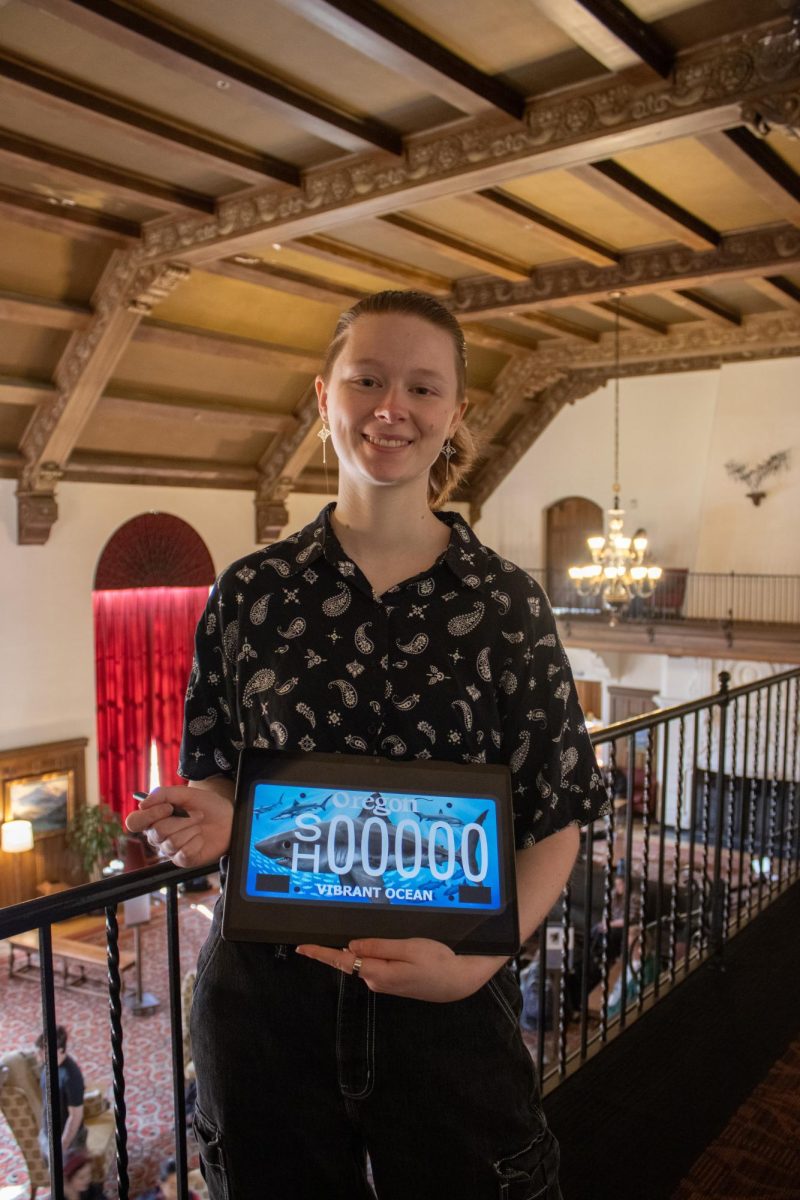



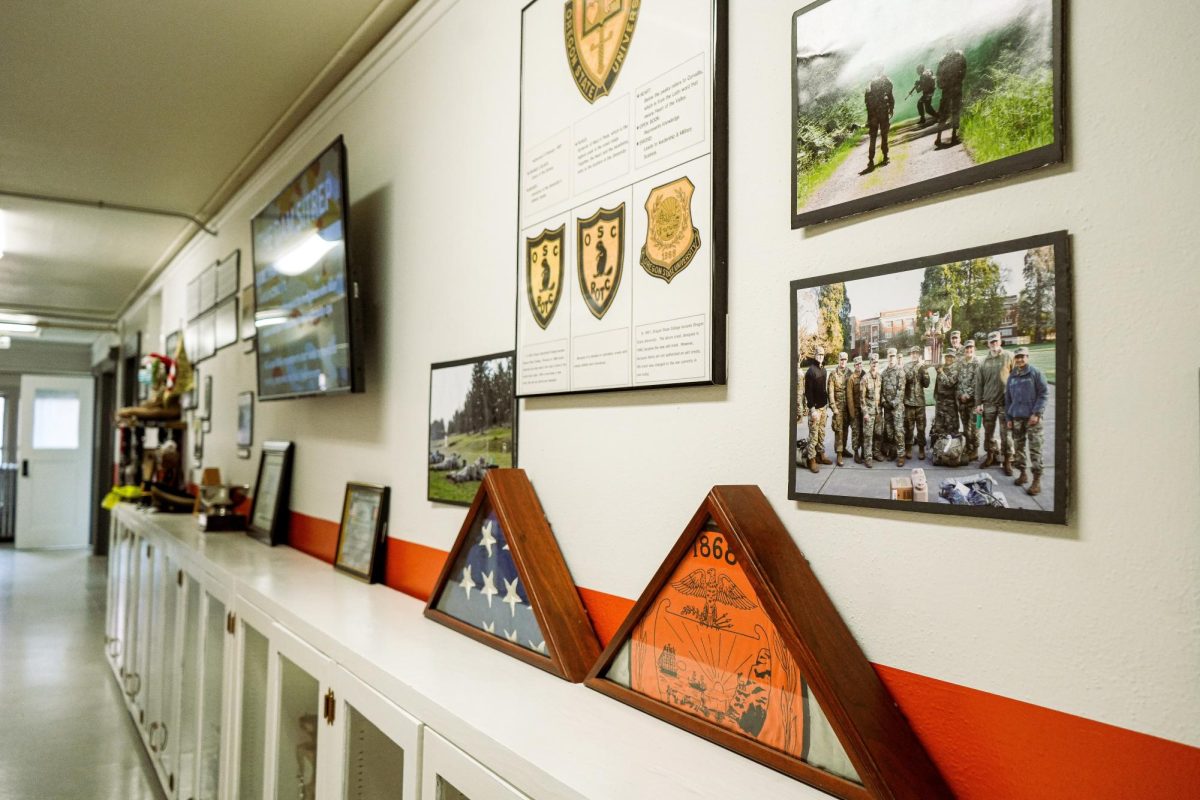
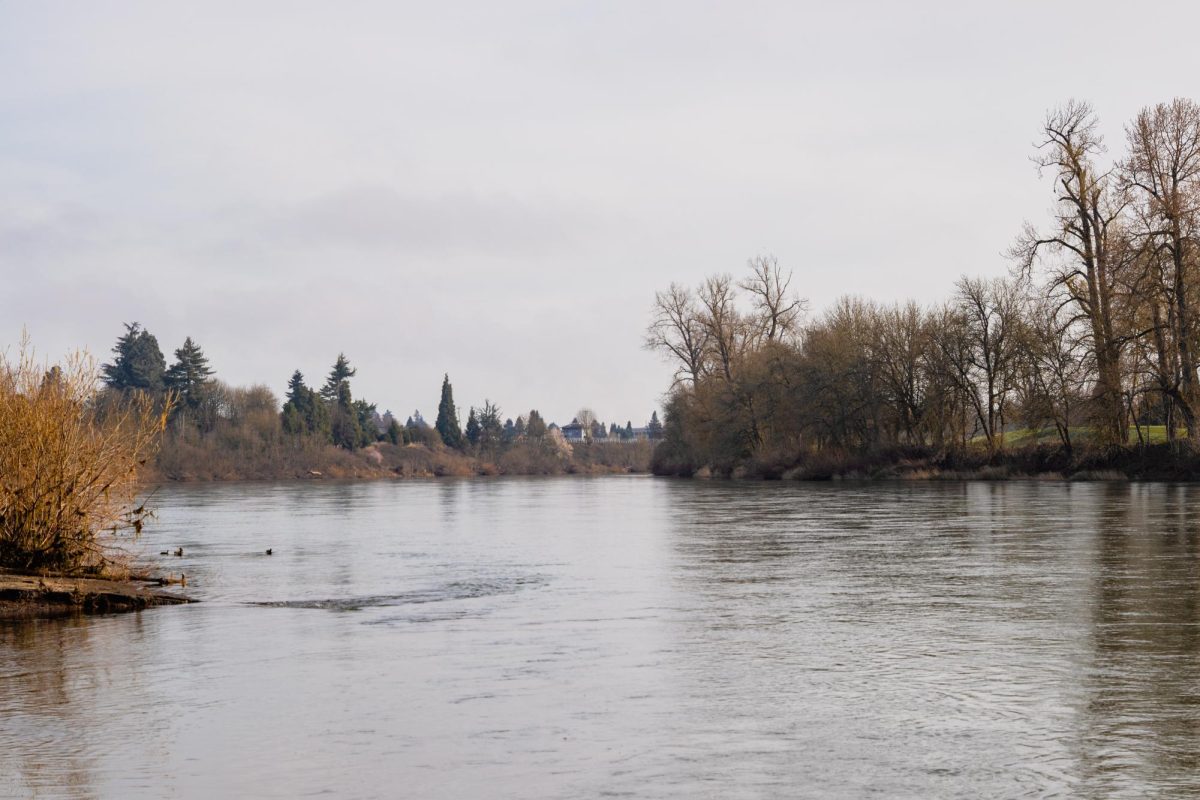




































































![Newspaper clipping from February 25, 1970 in the Daily Barometer showing an article written by Bob Allen, past Barometer Editor. This article was written to spotlight both the student body’s lack of participation with student government at the time in conjunction with their class representatives response. [It’s important to note ASOSU was not structured identically to today’s standards, likely having a president on behalf of each class work together as one entity as opposed to one president representing all classes.]](https://dailybaro.orangemedianetwork.com/wp-content/uploads/2025/03/Screenshot-2025-03-12-1.00.42-PM-e1741811160853.png)























